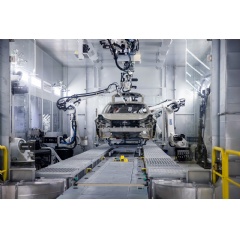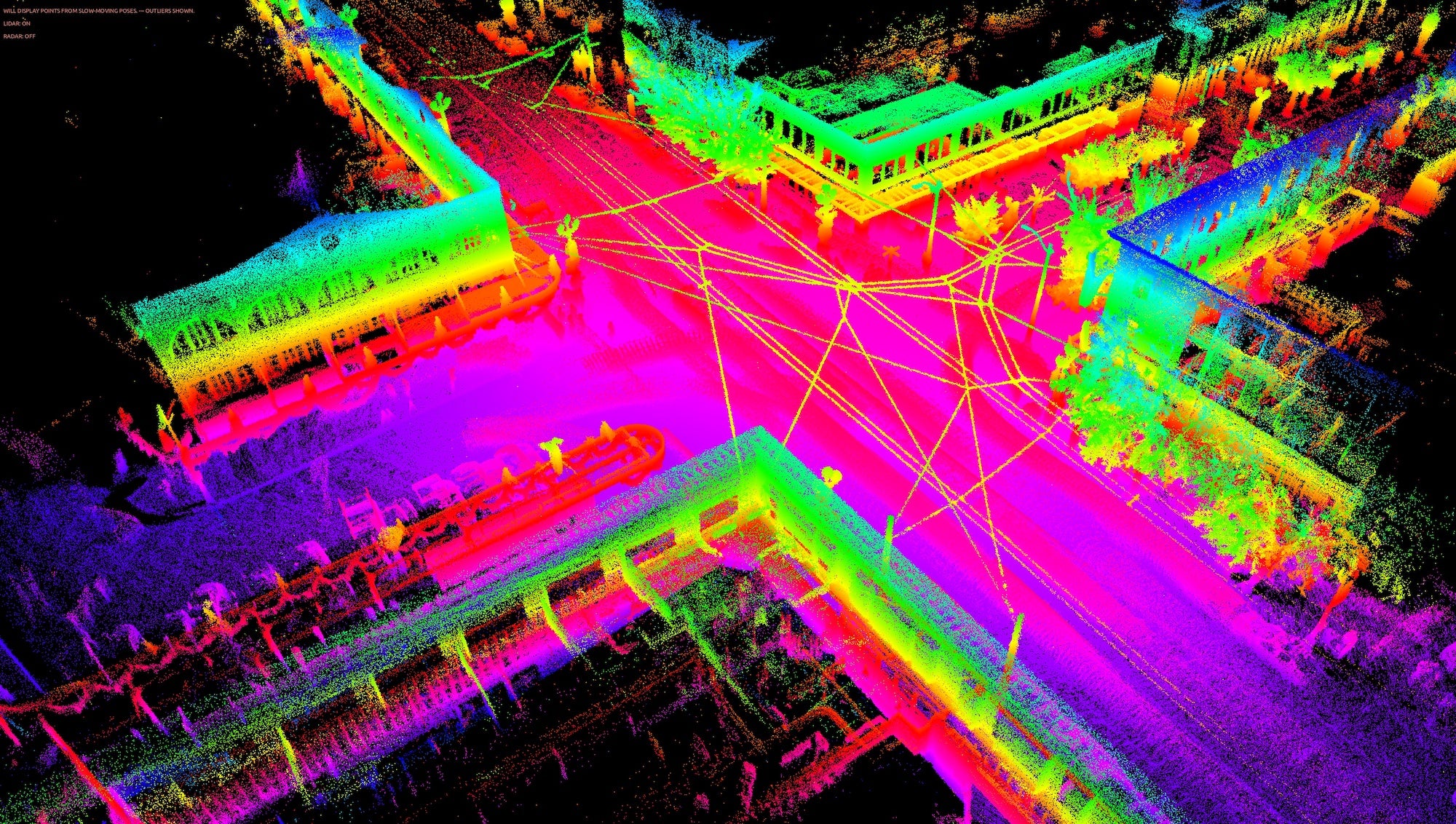I have a lot of respect for (fighter) pilots. They have some knowledge about attentiveness, machine/human interface, workloads, stress and situational awareness, risks and safety. And boredom, as a lot of flying is boring.
Take a look at Ms. Cummings twitter feed to get a sense of how she thinks of Tesla (and other AV companies). Not sure if it belongs in this thread, but an interesting choice.
The arguments she tweets are valid IMO.





